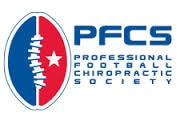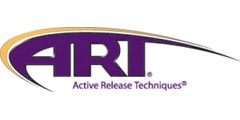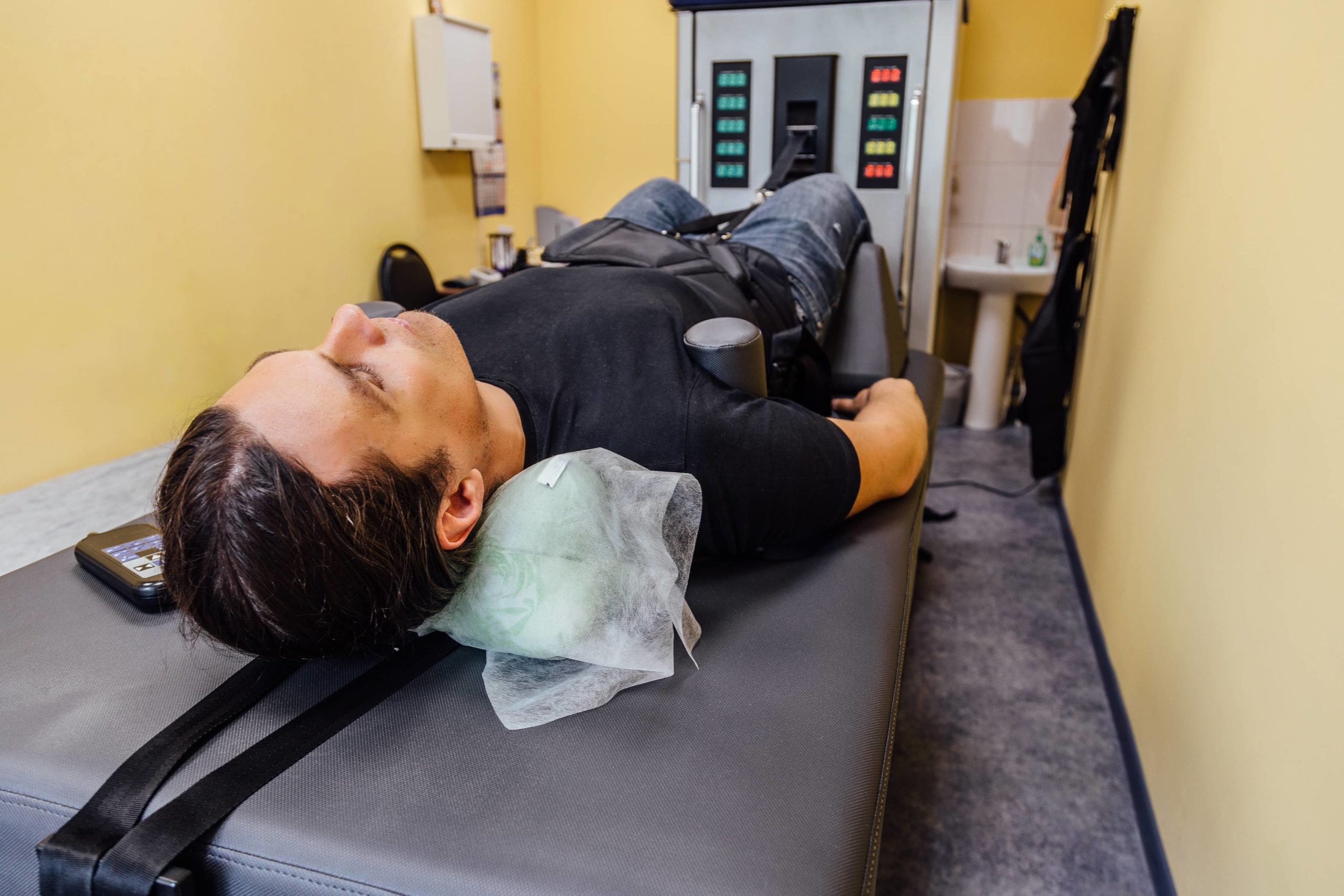Stop the Decompression
Stop the Decompression
We stopped doing spinal decompression and our patients got better, faster!
We all know when it comes to disc injuries, decompression provides pain relief and improved healing. So why did stopping decompression actually turn into faster, longer lasting healing for our patients?
It really is simple when you come right down to it.
We had a form of decompression called Flexion / Distraction Technique in our office from 2008 through 2018. We utilized it with many disc patients because, like we mentioned above, decompression is good for disc problems. A lot of patients got better. This form of treatment helps unload the injured disc, creating a negative pressure inside the disc helping the disc resorb (imagine the jelly being sucked back into the donut) and heal. For more information on types of disc injuries, click the link here.
BUT, in our office we are constantly challenging the status quo when it comes to the best form of conservative care. We noticed that some patients responded at first, but needed a lot of continued and frequent (1x/month) follow-up visits to keep them out of pain. We also noticed, some patients actually got worse following treatment with decompression, without ever getting any substantial relief following the temporary increase in pain. These couple things really bothered us, because the treatment effects couldn’t be explained between patients with very similar conditions and symptoms.
As our soft tissue treatment continued to improve due to our massive amount of training we received, and with the addition of an assistant to help make the treatment safer and more effective, we started to really think about what was happening.
Then it hit us. The decompression technique was only creating a decompressed environment for a temporary amount of time. Once that patient was getting off the table, they were right back into their same environment, and the decompression was no longer taking place.
We looked back at those patients that didn’t respond as well to the decompression we were doing as compared to others and found a glaring correlation. The patients that weren’t doing well had massively worse range of motion tests for the lower back and hips than those that were getting better. Specifically, their lumbar flexion and hip extension was really poor.
Ok, well how about we double down on reducing the adhesion that was making these tests so low and see what happens. This helped some but not all. So then we thought, what if we stop the decompression?
This is what we do all the time in our office. We test things and see what happens. Sometimes it works, other times it doesn’t, but we get answers and our treatments progress.
So we STOPPED DOING DECOMPRESSION, continued to focus on reducing the adhesion and improving our tests, and guess what happened?
All patients across the board not only got better, they got better faster. WHAAAATTT??!!! We were ecstatic to find this out, while at the same time sad for so many patients that we delayed their healing or that gave up on our treatment because they weren’t feeling better. We’re sorry we didn’t figure this out sooner, but we were just doing what was known to be the best treatment at that time.
Thank the lord we questioned it!
So what actually changed? Why did people start feeling better, faster?
We found that when we really focused on improving the range of motion tests, specifically the ones that directly measured the movement across the lumbar spine, while at the same time not irritating the disc by doing MORE treatment, we were able to get better improvements on the tests. Focus = superior results…. Weird right??? Who would have thought???
Anyhow, here is the science. Decreased range of motion is most often the result of fibrous adhesion formation in the soft structures of the body. It’s the most common cause of musculoskeletal pain in existence. When range of motion is limited by adhesion, the body starts to compensate, putting more stress or compression on the discs in the lower back or neck. By removing the adhesion we were able to stop and reverse the compression on the discs, RESULTING IN SUSTAINED DECOMPRESSION, not just temporary decompression. This allows the discs to resorb naturally and heal in much less time with far fewer treatments. This also helps your discs stay healthier for the long haul, so that we can feel good into your 80’s and 90’s.
This is exactly what the decompression techniques are trying to do, only our treatments are more successful.
So what was happening before?
The decompression technique was only providing temporary decompression. So once the patient got back up and went back into their daily routine, nothing had changed. They were still living in the same environment, with the same limited range of motion that created that disc injury in the first place. So even if they experienced relief, they were having to come back repeatedly, and much more often, to get the same treatment over and over to keep feeling good.
This simple change in our treatment plans has provided such great sustainable results for our patients. The hardest part is convincing the patient that LESS IS MORE.
Our system of evaluation and treatment will help you solve your problem in a matter of weeks, helping you move pain-free into your 80’s and 90’s. Stop ignoring your body and give us a call today, 716-677-5525.
Dr. Brian A. Zelasko
Soft Tissue Specialist
Board Certified Doctor of Chiropractic
Zelasko Soft Tissue & Spine
3075 Southwestern Blvd., STE 200
Orchard Park, NY 14127
Certified in Advanced Chiropractic Care






